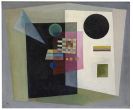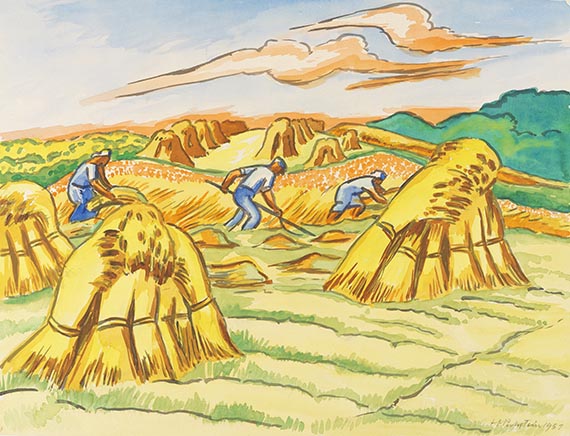
Manuel Álvarez Bravo
1902 Mexico City
2002 Mexico City
The Mexican photographer Manuel Álvarez Bravo was born in Mexico City on February 4, 1902. After studying to become a trade merchant, he turned to the study of painting and music in Mexico City, and around 1922 he began to occupy himself with photography. His meeting with the photographer Tina Modotti strengthened his decision to make photography his profession.
From 1928 on, Álvarez Bravo documented the situation of the lower social classes of Mexican society; in addition, he contributed to Eisenstein’s film "Que Viva México" from 1930-31 as a cameraman and moved in the artist circle around Diego Rivera und Frida Kahlo.
His first exhibit took place in Mexico City in 1932. In the years that followed, he got to know Paul Stand, Henri Cartier-Bresson and Walker Evans – he exhibited together with the latter two in New York in 1935. In 1938, he made the acquaintance of André Breton, who awakened Álvarez Bravo’s interest in surrealism ("La buena reputación duerme" [The good reputation sleeps] from 1938). Above all in the nude photographs and photographs of people from the 1940’s and 1950’s, one can discern surrealistic elements in his work which, all things considered, is very multi-faceted.
In the beginning of the 1940’s, Álvarez Bravo maintained his own studio in Mexico City; after that, he was a photographer until 1959 with the Mexican film union. In addition, he worked as a cameraman and pursued teaching positions at different universities in Mexico and abroad. In 1955, he was represented in Steichen’s legendary exhibit "Family of Man."
Although Álvarez Bravo experienced the revolution in Mexico (1910-29) first-hand, it was never his sole intent to document it in a photojournalistic manner – rather, he wanted to create a context-free language in pictures. His photographs concern themselves with the themes of dream, death, and the transitoriness of life.
The poetic titles of the photos support their "fantastic" photographic effect (for example in "La hija de los danzantes" [The Daughter of the Dancers] of 1933). Nevertheless, Álvarez Bravo was also known for his social-critical photo series that are characterized by his typical clear style.
Álvarez Bravo signed over his early work in 1972 to the Museum for Modern Art, Mexico City.
"El Maestro," as Álvarez Bravo was called with full respect in Mexico, died on October 19, 2002, in Mexico City.

Would you like to sell a work by Manuel Álvarez Bravo?
Infos for seller






